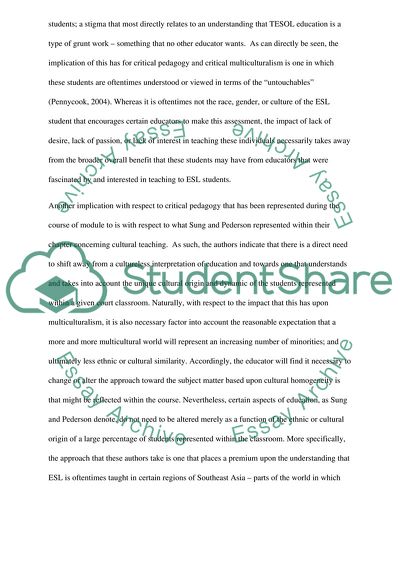Cite this document
(“Language and Power 2.2 Essay Example | Topics and Well Written Essays - 3250 words”, n.d.)
Retrieved from https://studentshare.org/humanitarian/1661317-language-and-power-22
Retrieved from https://studentshare.org/humanitarian/1661317-language-and-power-22
(Language and Power 2.2 Essay Example | Topics and Well Written Essays - 3250 Words)
https://studentshare.org/humanitarian/1661317-language-and-power-22.
https://studentshare.org/humanitarian/1661317-language-and-power-22.
“Language and Power 2.2 Essay Example | Topics and Well Written Essays - 3250 Words”, n.d. https://studentshare.org/humanitarian/1661317-language-and-power-22.


